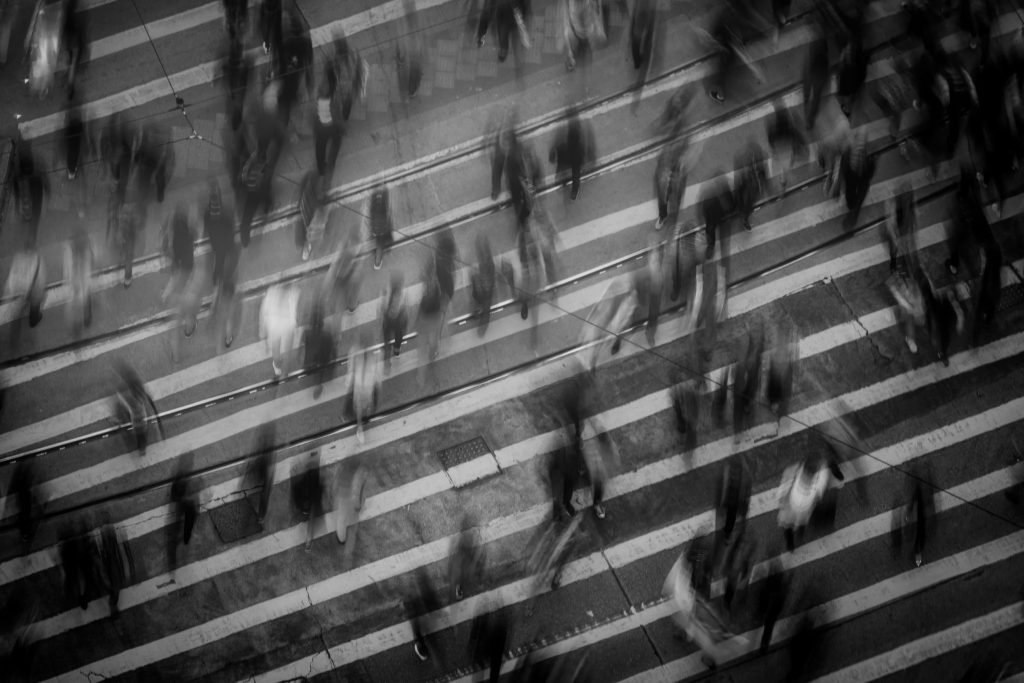Two years ago, I sat at a conference table in Monrovia, Liberia listening to health experts talk about the lessons learned from the early days of the Ebola outbreak. I was traveling with a small group of Americans, all of us eager to hear details of how subsequent outbreaks had been contained through a combination of faster detection, better coordination among agencies and eventually, an experimental vaccine.
The U.S. and the UN was well represented at the table. Officials from the Centers for Disease Control and Prevention, the U.S. Agency for International Development, the Department of Defense and the National Institutes of Health sat shoulder to shoulder with representatives of the World Health Organization (WHO) and the Liberian government.
A poster hung on one wall, a flattened map of the world wrapped in a tangle of neon lines representing international travel routes. The bottom of the poster explained what officials at the table knew: “A disease anywhere is a disease everywhere.”
The phrase is familiar in global health circles. We now have evidence that everyday Americans understand it intuitively.
In a poll conducted by Morning Consult for the Better World Campaign, 4 out of 5 Americans—82%—said it is important for the U.S. to limit the spread of coronavirus in other countries. This was as true for Republicans (80%) as it was for Democrats (88%.)
Think about that statistic for a moment. 82% of Americans can agree on very little these days, yet they agree that the U.S. should be working to limit the spread of disease around the world.
Two-thirds of those surveyed (67%) say global cooperation to address global health crises is a top priority. 75% said that that the U.S. should cooperate with the global community more to address health crises, with more than half (52%) saying the U.S. should cooperate much more.
The desire for increased global cooperation couldn’t be clearer.
Some might argue that these results are only a reflection of heightened anxieties, since the U.S. is still climbing toward the top of the COVID-19 curve.
Perhaps. It is equally possible that the coronavirus pandemic will mark a turning point in the American psyche, a moment when the reality of our global interconnectedness, whether we like it or not, will be indelibly stamped on us all.
There have been other inflection points in our history, reminders of the promise and perils of an interconnected world. The attacks of September 11th proved that the U.S. was no longer immune from the dangers of extremist ideologies stirring half a world away. Sixty years earlier, Japan’s military delivered a crushing blow at Pearl Harbor, shrinking the nearly four-thousand miles between two countries and ushering in the second World War.
When WWII ended, the United States and 49 countries created the United Nations, the world’s greatest ongoing experiment in global cooperation, “to save succeeding generations from the scourge of war.” In 1948, three years after the UN’s founding, the World Health Organization became an official UN agency, designed to “promote and protect the health of all peoples.”
The experiment is working. WHO has been operating effectively at the center of COVID-19 storm, and Americans know it. 77% said they trust WHO to manage the response to international health crises like the coronavirus. Earlier this month, WHO, along with the UN Foundation and the Swiss Philanthropy Fund, announced a fund that allows both individuals and corporations alike to donate, providing testing and resources for frontline workers in countries that lack health networks. Corporations like Google and Facebook have agreed to pitch in, matching money raised on their own platforms.
Difficult days remain, for the U.S. and the world. There will be lessons learned from the coronavirus, just as there were with Ebola. Like Ebola, we can halt this crisis by working together with trusted partners like the United Nations. The movement the U.S. led 75 years ago, when the UN was founded, is saving lives today. Despite “social distancing,” we’re more connected than ever.

